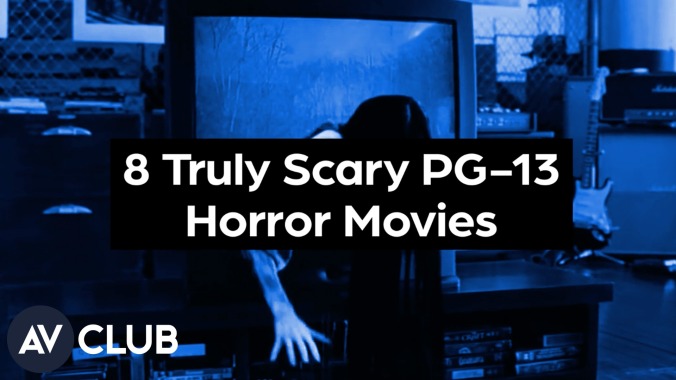Extra terror, hold the gore: 8 truly scary PG-13 horror movies
It’s a rare thing when a PG-13 horror movie actually stands out for its ability to evoke fear. The rating was invented in response to authentically chilling movies like Poltergeist and Gremlins, which lacked the gore or nudity to earn an R, but still clearly weren’t the all-ages fare suggested by their PG ratings. But over the years, the rating has come to mean “embarrassing compromise,” at least in the world of horror; in a genre that’s particularly vulnerable to formula and low but very specific audience expectations, garnering the compromise rating usually means the filmmakers had to water down their content for a young audience, and the results are often halfhearted, vapid, or muddled. Not so with these eight films.
Watch the video above for some highlights, or read on to get the full story.
